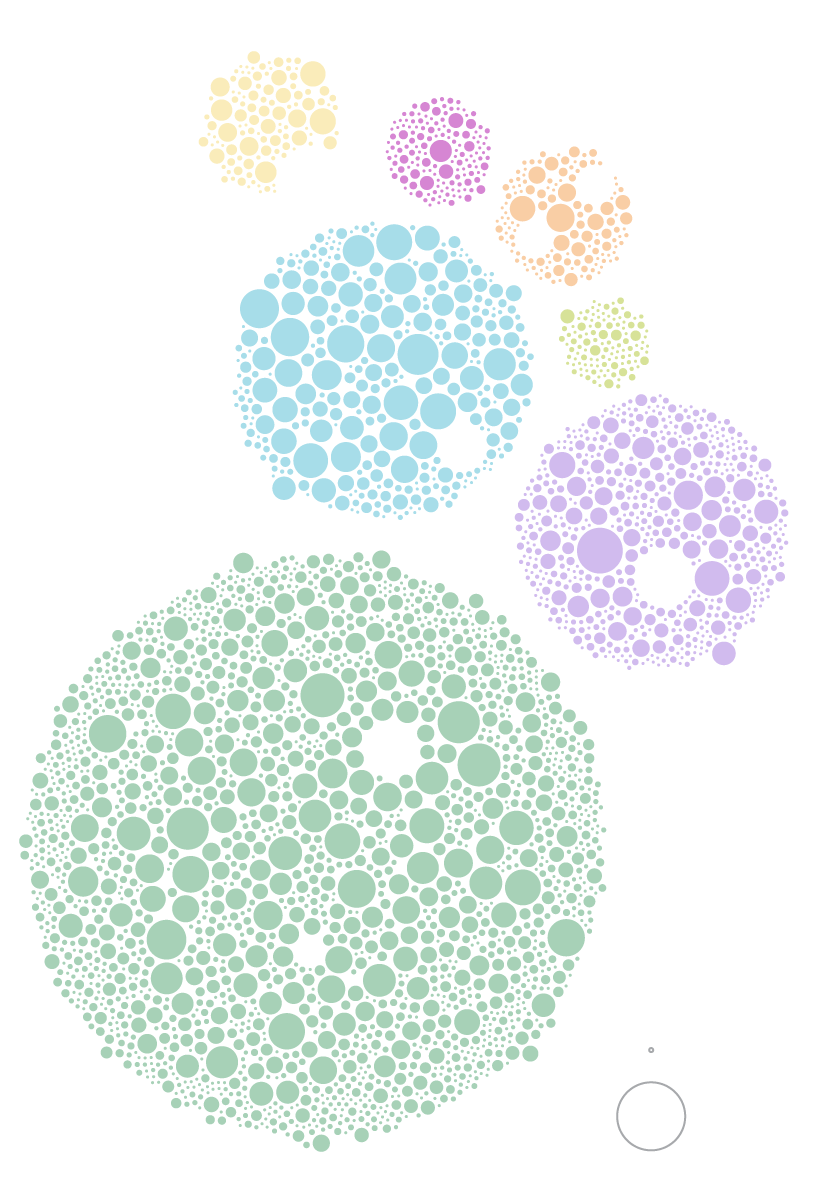California started this community science project to document urban nature — now it’s taking over the world

The World Series of urban nature is here.
The City Nature Challenge is an annual competition that mobilizes communities to document as many species of plant, animal and other types of critters in a four-day period. This year’s event begins Friday and closes on Monday.
The challenge, organized by the California Academy of Sciences in San Francisco and the Natural History Museum of Los Angeles County, began in 2016 as a friendly competition between Los Angeles and the San Francisco Bay Area.
In the eight years since, it has grown — by word of mouth alone — to include 488 cities worldwide. This year, 27 out of 58 California counties have joined the global bioblitz, with Santa Barbara, Tulare, Monterey and Santa Cruz (entered as the Monterey Bay region) joining for the first time.
To participate, all you need is a smartphone with the iNaturalist app, a keen eye or ear and, optionally, a willingness to look under some logs or leaves. The rest is simple: Start snapping photos of the wild plants and animals you can find in your neighborhood, local park or backyard. Any observations you make during the challenge will automatically get added to your area’s total based on your location. The app will even use machine learning to help you identify what’s in your photos.
“The idea is to document as much wild nature as we can ... in and around our urban areas,” said Alison Young, a challenge co-founder and the co-director of the California Academy of Sciences’ Center for Biodiversity and Community Science.


Observations recorded on iNaturalist contribute to an increasingly important database of urban biodiversity for scientists and managers studying topics such as the effects of climate change and land use, as well as how a species uses a particular habitat or behaves in the wild.
Each spring, the Natural History Museum of Los Angeles County calls upon community scientists — in this case, ordinary people with smartphones and iNaturalist accounts — to help study the mating behavior of alligator lizards. Despite their widespread distribution along the West Coast, the reptiles’ mating ritual, which can involve a dayslong “bite hold,” is rarely documented.
“There are so many things that can be done with these community science data points that were not maybe the intention of the person taking the photo,” said challenge co-founder Lila Higgins, the senior manager of community science at the L.A. County Natural History Museum. “Scientists can’t be everywhere.”
With so many eyes searching, rare species often turn up in City Nature Challenge findings. Last year, almost 6,000 California participants documented 403 threatened or endangered species. That “shows the power of having so many people out looking for things,” Young said.
“There is something really lovely about having all those eyes out there,” Young said. “You do find these more rare things that are really important for us to know where they are in the world, so that we can better take care of them.”
One iNaturalist user found a species of dune robber fly in the Presidio of San Francisco. The insect used to be more common in the area when sand dunes spanned about half the city. While a fly might not seem like the most exciting discovery, this species had only been documented on iNaturalist once before and its presence may be a sign that dune restoration efforts may be working, Young said.
Nature can be found everywhere, even in some of California’s biggest cities.
“I walk in my neighborhood in Koreatown, which is one of the densest parts of L.A., and I see things all the time,” Higgins said. “Even though it's very highly manicured lawns and things, there are mushrooms that pop up because of the irrigation.”
Since 2016, participants of the City Nature Challenge have submitted more than 5 million observations to the iNaturalist platform, representing almost 820,000 different species. California competitors have logged about 550,000 observations and 64,000 species.

Reptiles and
amphibians
Mammals
and other
animals
Mollusks
Fungi and
lichens
Birds
Plants
Insects and
arachnids
Observed
species
1
589
What kinds of things might you find in this year’s challenge? Here’s a look at the roughly 37,000 research-grade observations uploaded during the 2022 event.
By far the most commonly observed California species on iNaturalist is the western fence lizard. In last year’s challenge, the ubiquitous reptile was photographed and verified more than 500 times.

Unsurprisingly though, plants are the most frequently observed category of life. Statewide and in the San Francisco Bay Area, the California poppy is the favorite. In Los Angeles, the southern bush monkeyflower and California buckwheat were more common sights.


While California is in superbloom after months of rain, look at the flowers closely for signs of western honeybees or other pollinators. In 2022, the introduced insect was documented 368 times.

House finches, which breed in urban areas throughout North America, were documented 242 times in last year’s challenge.

Among mammals and other animals, two species of squirrel were the most prevalent. The fox squirrel, an introduced species, and the California ground squirrel were almost equally photogenic.


The trick is to slow down, look closely and in all directions. Gently move things. Under logs, you could find slime molds, mushrooms, snails or scorpions. Potted plants in your backyard may hide pill bugs, salamanders or slugs.
“There’s a whole world of things happening beneath the leaves or beneath that bush,” Higgins, also an entomologist, said. “You can look at home; spiders count as biodiversity, too.”
You can also look for and document signs of wildlife, such as scat, tracks, shells or feathers. (The California Academy of Sciences prepared a tipsheet for finding things in or near your home.) In the City Nature Challenge, it all counts.
Once the challenge closes, observations will be identified by the iNaturalist community from May 2 to May 7. Results will be announced on May 8.